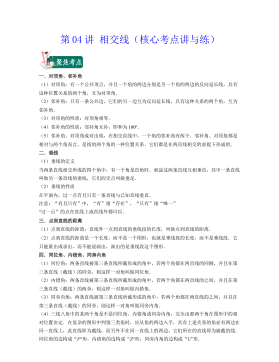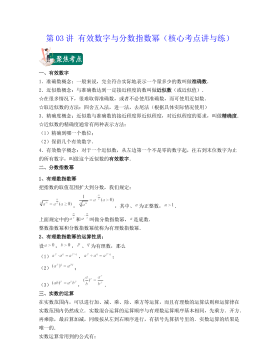专利联营的反垄断法规制
浙江财经学院硕士学位论文I摘要专利联营是专利权持有人为达到整合专利资源、推广技术标准而形成的一种特殊的基于合同的专利许可模式,其基础是多个专利许可协议。从民法的角度来看,其法律地位是合同型联营,是非法人。由于专利联营涉及两个或两个以上的企业之间的技术联合,必然影响其他技术竞争者的利益,甚至具有限制竞争的效果,往往受到反垄断法的规制。专利联营从企业行为的角度看,是高新技术企业的发展战略;从经济发展方式的角度看,则是高新技术产业的发展战略,与当前中国经济的转型升级关系密切。由于专利联营既是基于企业自主权的合同行为,属于私法自治的范畴,又可能涉嫌限制竞争或垄断,影响甚至损害市场的公平竞争机制,因此加...
相关推荐
-
10KV电网D-SCADA 系统信息采集与故障诊断研究与设计VIP免费

 2024-10-14 20
2024-10-14 20 -
方形吸顶散流器平送风等温射流特性研究VIP免费

 2025-01-09 6
2025-01-09 6 -
关于充液声导波传感器中频散兰姆波的研究VIP免费

 2025-01-09 6
2025-01-09 6 -
结合梁斜拉桥施工过程中考虑剪力滞影响的分析方法VIP免费

 2025-01-09 6
2025-01-09 6 -
空调房间热舒适性的数值模拟与实验研究VIP免费

 2025-01-09 7
2025-01-09 7 -
汽车前轮线控转向系统研究VIP免费

 2025-01-09 8
2025-01-09 8 -
输入分配型混合动力车辆动力系统控制策略研究VIP免费

 2025-01-09 7
2025-01-09 7 -
双馈风力发电系统的柔性并网控制研VIP免费

 2025-01-09 8
2025-01-09 8 -
污水处理厂污泥好氧堆肥发酵技术的试验研究VIP免费

 2025-01-09 7
2025-01-09 7 -
应用风室试验装置的风机性能VIP免费

 2025-01-09 8
2025-01-09 8
作者详情
相关内容
-

汽车前轮线控转向系统研究
分类:高等教育资料
时间:2025-01-09
标签:无
格式:PDF
价格:15 积分
-

输入分配型混合动力车辆动力系统控制策略研究
分类:高等教育资料
时间:2025-01-09
标签:无
格式:PDF
价格:15 积分
-

双馈风力发电系统的柔性并网控制研
分类:高等教育资料
时间:2025-01-09
标签:无
格式:PDF
价格:15 积分
-

污水处理厂污泥好氧堆肥发酵技术的试验研究
分类:高等教育资料
时间:2025-01-09
标签:无
格式:PDF
价格:15 积分
-

应用风室试验装置的风机性能
分类:高等教育资料
时间:2025-01-09
标签:无
格式:PDF
价格:15 积分






